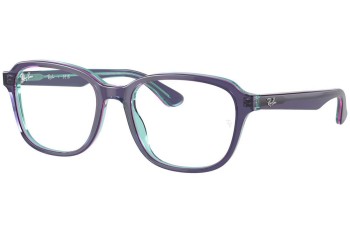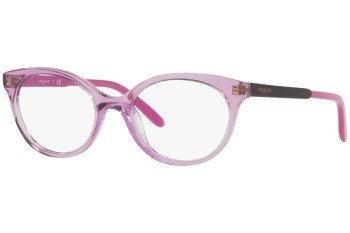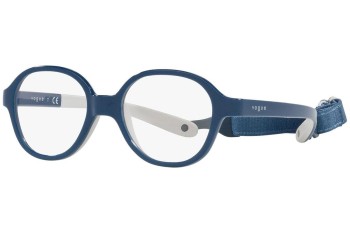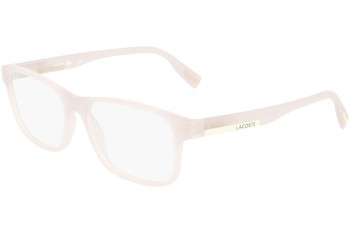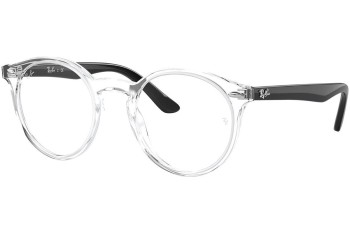Skjul filter
Vis filter
Filter
Efter dine favoritter
Filtrer efter
Viser: 86
Palautamme myös rahaa linsseistä!
Kun ostat silmälasit vahvuuksilla ja eyerim vision -linsseillä ensimmäisen kerran, annamme täyden hyvityksen, jos palautat ne 30 päivän kuluessa. Lue lisää palautusehdoistamme.
Kun ostat silmälasit vahvuuksilla ja eyerim vision -linsseillä ensimmäisen kerran, annamme täyden hyvityksen, jos palautat ne 30 päivän kuluessa. Lue lisää palautusehdoistamme.
Hvordan køber man briller online?
2

Vælg glas baseret på dine behov
3

Indsæt din recept
4

Vælg forbedringer og tykkelsen på dine glas
-40%
For børn
Føj til ønskelisten
Ønskeliste

Tommy Hilfiger Junior TH1925 J5G
På lager
539,00 kr.
900,00 kr.
431,00 kr.
med koden
SEE20
Kopieret!
-40%
For børn
Føj til ønskelisten
Ønskeliste

Tommy Hilfiger Junior TH1925 FLL
På lager
539,00 kr.
900,00 kr.
431,00 kr.
med koden
SEE20
Kopieret!
-40%
For børn
Føj til ønskelisten
Ønskeliste

Tommy Hilfiger Junior TH1925 0Z3
På lager
539,00 kr.
900,00 kr.
431,00 kr.
med koden
SEE20
Kopieret!
For børn
Føj til ønskelisten
Ønskeliste

Ray-Ban Junior Junior Thalia RY9095V 3898
På lager
599,00 kr.
479,00 kr.
med koden
SEE20
Kopieret!
For børn
Føj til ønskelisten
Ønskeliste
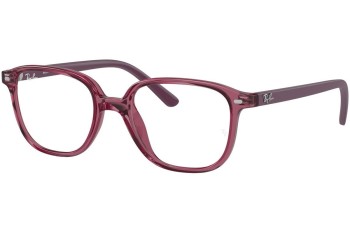
Ray-Ban Junior Junior Leonard RY9093V 3898
På lager
599,00 kr.
479,00 kr.
med koden
SEE20
Kopieret!
Vælg størrelse

A
-
Glas

B
-
Bro

C
-
Stænger

D
-
Størrelse
Size guide
TIP #1: Kontroller størrelsen på dine nuværende briller
- Se på indersiden af dine briller. Normalt finder du en række tal, der repræsenterer stelstørrelsen og de ser sådan ud: 52 [] 22 145
- Oplysninger om størrelsen på stellet findes oftest på indersiden af stængerne eller på broen

TIP #2: Brug betalingskort



Kortet rækker langt ud over øjet
Kortet ender ved enden af øjet
Kortet når ikke enden på øjet
Viser
1 - 48 / 86
Children's prescription glasses
Kids' health always comes first. That's why we offer a wide selection of children's prescription glasses that combine functionality, safety, and modern design. Choose the best for your child!
Firstly, you need a prescription from an ophthalmologist or optometrist, which should include the diopter values and the pupillary distance - PD. (In the case of astigmatism, also the values of the cylinder and the axis of the cylinder).
If the PD value is missing on your prescription, you can easily measure it yourself at home. All you need is a ruler or a tailor's tape. Next steps:
Place the beginning of the ruler/tailor's tape under the right eye, precisely under/above the pupil, and stretch it to the other eye.
Divide the resulting value by two. e.g., if you measured the child's PD value as 30 mm, it means the PD value of the right eye will be 15 mm, and likewise 15 mm for the left eye.
The size of children's prescription glasses mainly depends on the size of the eye sockets, their distance from each other, and also the shape of the child's face. Generally, glasses should not be wider than the face, should not rest on the cheeks, and should not exceed the eyebrow level. However, they should be large enough for the child to have an unrestricted view in all directions and centered so that the middle of the glasses aligns with the pupil's center. For children under 2 years, there are special frames made of sturdy materials, in smaller sizes, and the packaging often includes a "rubber band" to ensure the glasses don't easily fall off. Children's glasses typically have a width of 44-48 mm, with a temple length of approximately 125 mm. Generally, child sizes fit children from 4 to 10 years well.
Remember, comfort is crucial. Soft temple tips and a nose bridge with the largest possible contact area will ensure enough comfort while wearing the glasses.
For children, we definitely recommend getting glasses that are a bit durable. Acetate or metal are great materials when you're looking for super-durable glasses. And don't forget about flexible temples - glasses will thus more easily adapt to your child's growing face.
How to correctly choose children's prescription glasses?
Firstly, you need a prescription from an ophthalmologist or optometrist, which should include the diopter values and the pupillary distance - PD. (In the case of astigmatism, also the values of the cylinder and the axis of the cylinder).
If the PD value is missing on your prescription, you can easily measure it yourself at home. All you need is a ruler or a tailor's tape. Next steps:
Place the beginning of the ruler/tailor's tape under the right eye, precisely under/above the pupil, and stretch it to the other eye.
Divide the resulting value by two. e.g., if you measured the child's PD value as 30 mm, it means the PD value of the right eye will be 15 mm, and likewise 15 mm for the left eye.
Glasses should be sturdy and of the correct size.
The size of children's prescription glasses mainly depends on the size of the eye sockets, their distance from each other, and also the shape of the child's face. Generally, glasses should not be wider than the face, should not rest on the cheeks, and should not exceed the eyebrow level. However, they should be large enough for the child to have an unrestricted view in all directions and centered so that the middle of the glasses aligns with the pupil's center. For children under 2 years, there are special frames made of sturdy materials, in smaller sizes, and the packaging often includes a "rubber band" to ensure the glasses don't easily fall off. Children's glasses typically have a width of 44-48 mm, with a temple length of approximately 125 mm. Generally, child sizes fit children from 4 to 10 years well.
Remember, comfort is crucial. Soft temple tips and a nose bridge with the largest possible contact area will ensure enough comfort while wearing the glasses.
Which glasses material is the most suitable?
For children, we definitely recommend getting glasses that are a bit durable. Acetate or metal are great materials when you're looking for super-durable glasses. And don't forget about flexible temples - glasses will thus more easily adapt to your child's growing face.

















